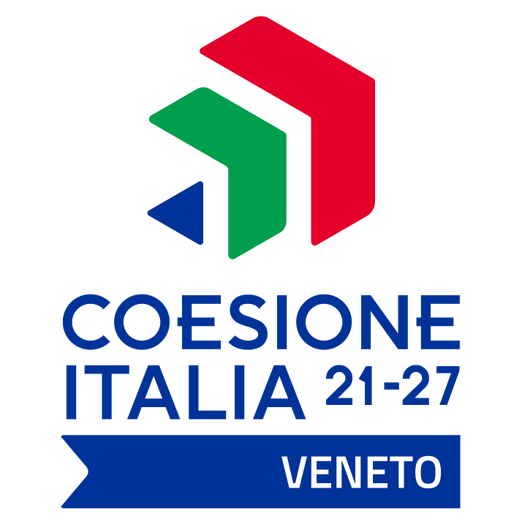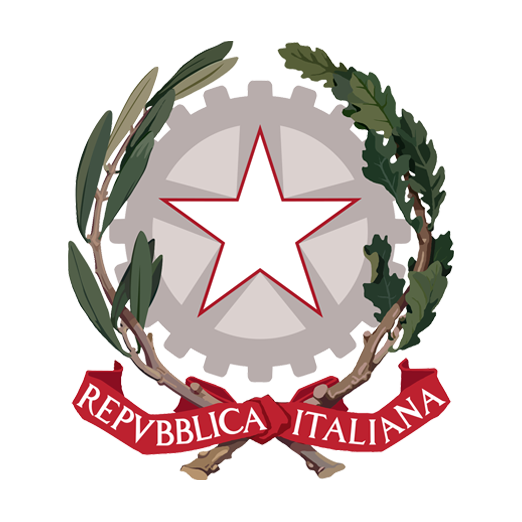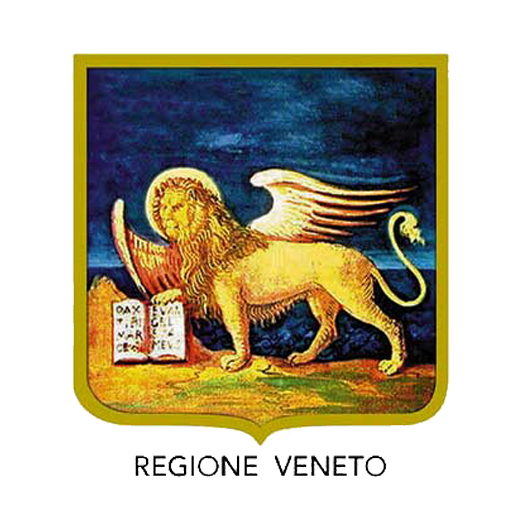Palazzo Mocenigo
Via G. Negri, 9/C
Palazzo Mocenigo was built by the Venetian patricians of the Mocenigo family at the end of the 16th century along the Sirone canal. The main façade incorporates a section of the ancient walls of the Este Castle, dating back to the 14th century and then owned by the same family. The castle, in turn, stood on the site of the first feudal residence of the Este family, dating back to 1056. Initially, the building consisted of two symmetrical bodies arranged in an L shape, but the south-east wing was destroyed by a fire in 1785. Today, few of the original elements are still visible. On the main floor, three halls preserve the frescoed vaults, traditionally attributed to Giulio Carpioni (1611-1674), a Venetian painter, while recent studies seem to question this paternity. The frescoes feature complex architectural quadratures within which are depicted putti, triumphs of fruit and flowers, and allegorical figures celebrating the virtues of the Mocenigo family. The building is on two floors and has, on the main floor, arched windows with rustic stone frames and stone balustrades. Since 1902, Palazzo Mocenigo has housed the precious Museo Nazionale Atestino, an unmissable stop for lovers of history and art.






